How to Create a Unique Value Proposition [5 Real-world Examples]
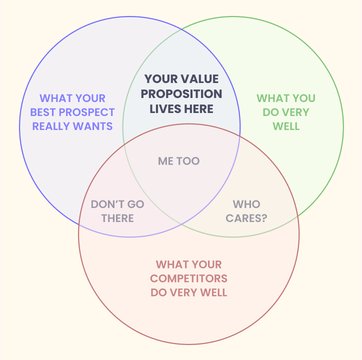
Table of contents
The reality is that most people can’t explain what their company does. Arguably, the single most important part of your business’s overarching messaging is its unique value proposition.
Your value proposition statement is a statement of intent, a promise that will set your business apart. It’s the reason why your customers choose to buy from you. It’s what gives you an edge over your competitors and makes you ‘better than the rest’!
According to HubSpot, nearly 64% of businesses today have established value propositions. While brands have gone out to craft powerful, catchy, and compelling value propositions (like Shopify’s ‘Anyone, anywhere, can start a business’),few have struck the right chord with their target market.
So, how do you stand out?
We know the golden rules of keeping it simple, valuable, and, of course, memorable. But there’s more…
In this article, we’ll be breaking down:
- What is a unique value proposition?
- What makes a great value proposition?
- How do you write a value proposition that sticks and sells?
- 5 best value proposition examples
Table of Contents
- What is a value proposition?
- What makes a great value proposition?
- A Step-By-Step Process to Creating a Unique Value Proposition (UVP) for Your Company
- 5 best value proposition examples
- Hiver’s value proposition
- Final Words
- Frequently Asked Questions (FAQs)
What is a value proposition?
A unique value proposition (UVP) is a clear and compelling statement that tells your customers what unique value your company offers.
It differentiates your business from the competition and answers the question, “Why should customers choose this product or service over others?” It helps you position your business visibly and distinctively in the marketplace.
What makes a great value proposition?
A well-articulated UVP statement tackles head-on the doubt in any prospective customer’s mind about your expertise or ability to deliver. And that’s one of the vital things you must consider before starting a business. While it needs to be exclusive, here’s what a brand’s UVP is NOT:
- A lot of fluff about your brand’s key features
- A mission statement
- Company values
- A slogan or tagline
Your customer/target audience must be the hero (not your product or the recently shipped updates). You need to highlight the pain points you fix and how you improve your customers’ lives.
A Step-By-Step Process to Creating a Unique Value Proposition (UVP) for Your Company
In a world where the average human attention span is 8.25 seconds, brands need to up their game when it comes to writing strong, high-quality value propositions to grab the attention of their potential customers.
Here’s a step-by-step guide to creating an effective value proposition for your brand –
1. Identify the problems your target customers are facing
The first step is identifying and understanding your target customers’ main problems. You can do this by directly talking to them through surveys and interviews or by reaching out on social media. Listen to what they say about their needs and frustrations. Only when you understand customer problems properly can you write a value proposition communicating how you can help them.
A good method to follow is – Harvard Business School’s ‘jobs to be done theory.’ It says that businesses need to define their value by clearly understanding the ’ job to be done’ or the problem that their customer is trying to solve. Here are some things you need to be clear on:
- What is my brand offering?
- What job does the customer hire my brand to do?
- What companies and products compete with my brand to do this job for the customer?
- What sets my brand apart from the competitors?
For instance, here’s what the ‘jobs to be done’ framework looks like for Zoom:
- Video conferencing software.
- Help remote workers manage and engage with colleagues without in-person interaction (especially during COVID-19).
- Teams, Google Meet, Slack, Skype.
- Intuitive features include blurring of the background, transcription of meetings, and quick accessibility to meetings.
To quickly summarize, you need to list your customers’ problems and devise a statement that draws them to your business.
2. Describe how you can help your customers and solve their problem
After you have understood the problem or the ‘job to be done’ of your target customers, the next step is to demonstrate how your company can help them.
You must highlight the unique benefits that set your offering apart from others in the market. This is an opportunity to connect the dots between what your customers need and how your company is the ideal solution.
Peter J Thomson defines a value proposition as the place where your company’s product intersects with your customer’s desires. To better understand and communicate how your business can help your target customers, let’s use Thomson’s value proposition canvas.
It is essentially a chart that helps businesses find that perfect fit between “what you offer and why people buy it.”
This value proposition canvas template has six areas that sync your business strategy with your brand strategy. This model will help you develop a one-sentence value statement that appeals to your customers’ strongest decision-making drivers.
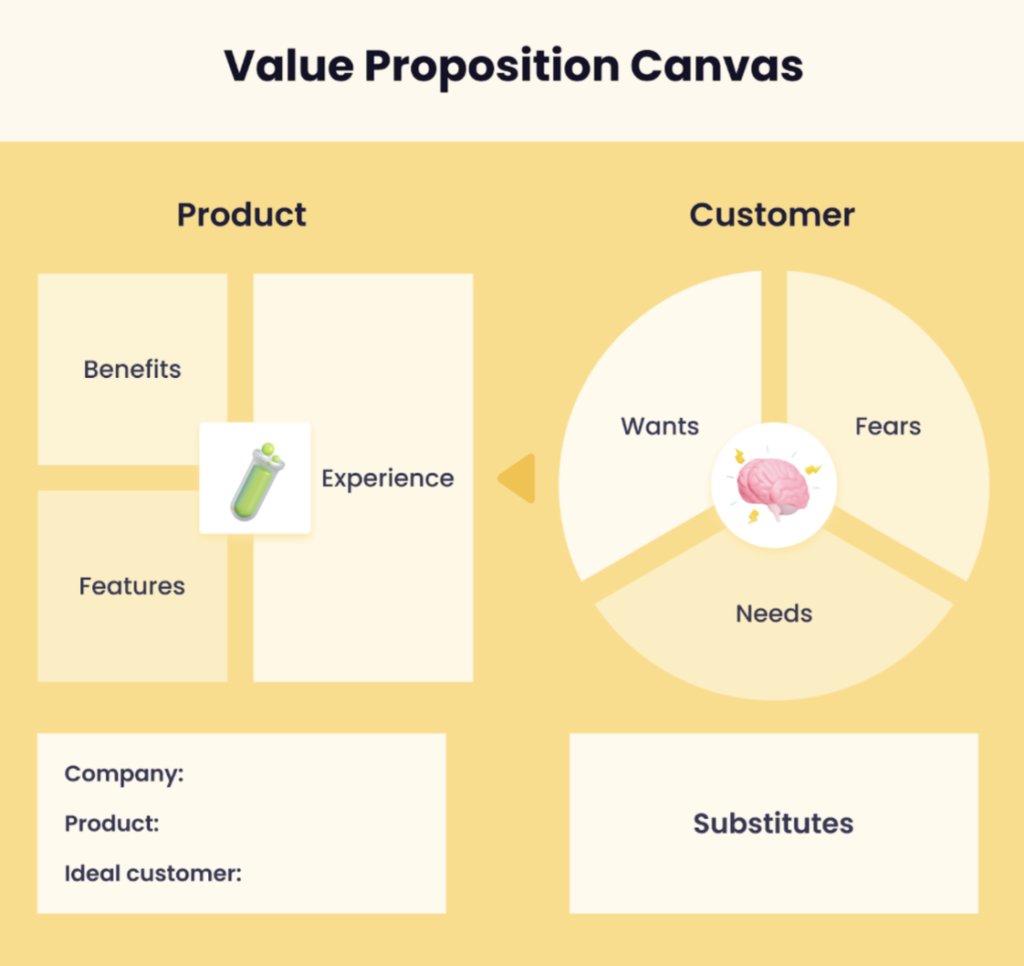
Let’s understand this with a quick example of a property search and real estate firm.
Under customer profile:
- Needs: A hassle-free experience to rent a new home
- Fears: Can I get an affordable house in a good neighborhood?
- Wants: 100% verified properties
Under product profile:
- Benefits: Find the best homes for rent from 5 million+ property listings
- Features: A 360° virtual tour of the property
- Experience: Tenants can pay rent online securely through the app
3. Highlight how your offerings are different from the others
Lastly, you’ll want to focus on bringing out the uniqueness of your product or service.
What is it that makes your company’s offerings different and better than what is offered by competition?
At any point in time, your customers will consciously or subconsciously weigh the benefits they’re getting from you over the others out there. If you can clearly highlight what sets you apart, you’ll make it easy for your target customers to choose you.
Simon Sinek’s Golden Circle is another great mental model to remember when creating your unique value proposition. Used by most small businesses, startups, and leadership teams globally, the model helps you build a value-driven form of your value proposition with the ‘why/how/what’ questions.
According to Sinek—“People don’t buy what you do, they buy why you do it.”
This exercise will help you determine the customers you are targeting, the needs you meet, and the ideal price point at which you need to sell.
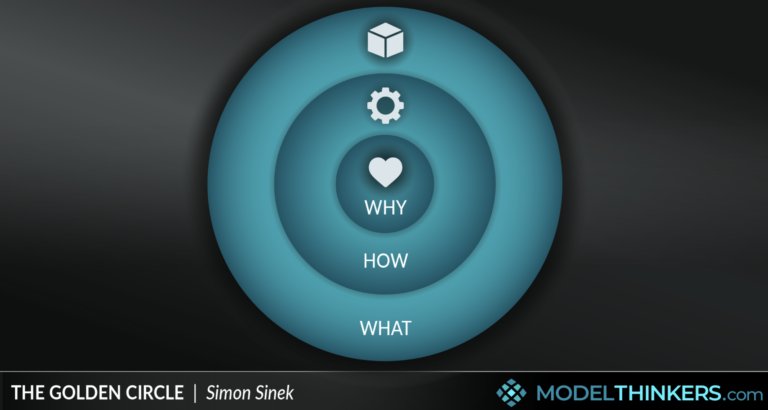
For instance, take a look at how Lacoste’s brand purpose, mission, and position strategy are built on Simon Sinek’s ‘why/how/what’ model.

5 best value proposition examples
Let’s now look at five brands that have made a mark with simple yet powerful value proposition statements.
Take notes because these company value proposition statement examples will help you see how brands strategically address pain points and highlight customer gains.
1. Webflow:
“We’re bringing development superpowers to everyone.”

Webflow’s unique visual no-code platform has democratized access to web development. Their value proposition statement stays with you as it makes a powerful claim of helping just about anyone build enterprise-grade sites easily.
2. Tortuga:
“Pack everything you need without checking a bag”
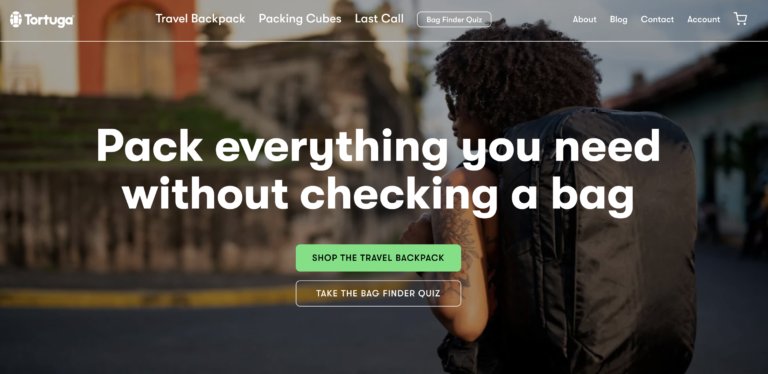
Tortuga’s value proposition statement sits right on top—on the first fold of their website’s homepage. With a mission to make traveling easier, their unique messaging highlights how their perfect backpacks combine the spaciousness of a suitcase and the comfort of a hiking bag. Their carry-on-sized backpacks are designed to “fit all you can” so that customers can worry less about checking in baggage and focus more on enjoying their travels.
3. Stitch Fix:
“Discovering styles you love just got easier”

You’ve got to hand it to the styling brand Stitch Fix for keeping their value proposition simple yet catchy. It sends out a clear message that its stylists offer a personalized experience by recommending clothes that suit their customers’ style, fit, and price points.
4. Evernote:
“Tame your work, organize your life”

Evernote is helping everyone from executives to entrepreneurs accomplish more at work, home, and everywhere else. Their value proposition is very relatable: It talks about helping users get more done by using task lists and notes.
5. Duolingo:
“The free, fun, and effective way to learn a language!”
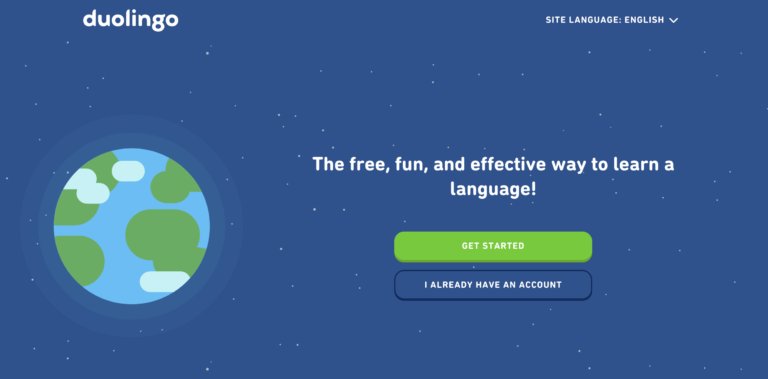
Learning a new language is not an easy task for everyone. Duolingo talks about making the whole process fun and effective with its great value proposition statement. They also make it a point to call out that their service is available for free.
Hiver’s value proposition
“Engage meaningfully with customers, employees, and vendors from Gmail.”
Hiver’s mission is to help teams streamline and manage business communication for customers, vendors, and employees from one centralized platform – Gmail. Our strong value proposition highlights that we empower teams to do everything from Gmail without switching between tools.
As you can see, Hiver’s value proposition explains what makes the product unique and what separates it from competitors.

Final Words
The key to crafting a compelling value proposition is understanding your audience and their pain points.
And here’s the thing – a great proposition isn’t just catchy. It’s a precise and accurate statement that captures what makes your brand unique and valuable to customers.
Get it right, and you appeal to your customer’s emotions.
This makes it easier for them to relate to your brand and keep doing business with you.
Frequently Asked Questions (FAQs)
1. What is the difference between a UVP and a USP?
A unique value proposition (UVP) is a clear statement that communicates a product or service’s unique benefits and value to its customers. It describes how the product or service solves a specific customer need.
On the other hand, a Unique Selling Proposition (USP) is a statement that highlights the unique features and benefits of a product or service that make it different from and superior to competitors.
2. Why is UVP important?
A Unique Value Proposition (UVP) sets your brand apart by showcasing what makes you special. It clearly explains how you add value to your customers’ lives and why they should choose you. Moreover, a great UVP gives your marketing a clear focus on who to target and what message to convey.
3. What is the best value proposition?
The best value proposition is concise, mentions actionable outcomes, and appeals to the customer’s emotions.
4. How long should a value proposition be?
A value proposition should be concise, ideally between 1 to 2 sentences.

































